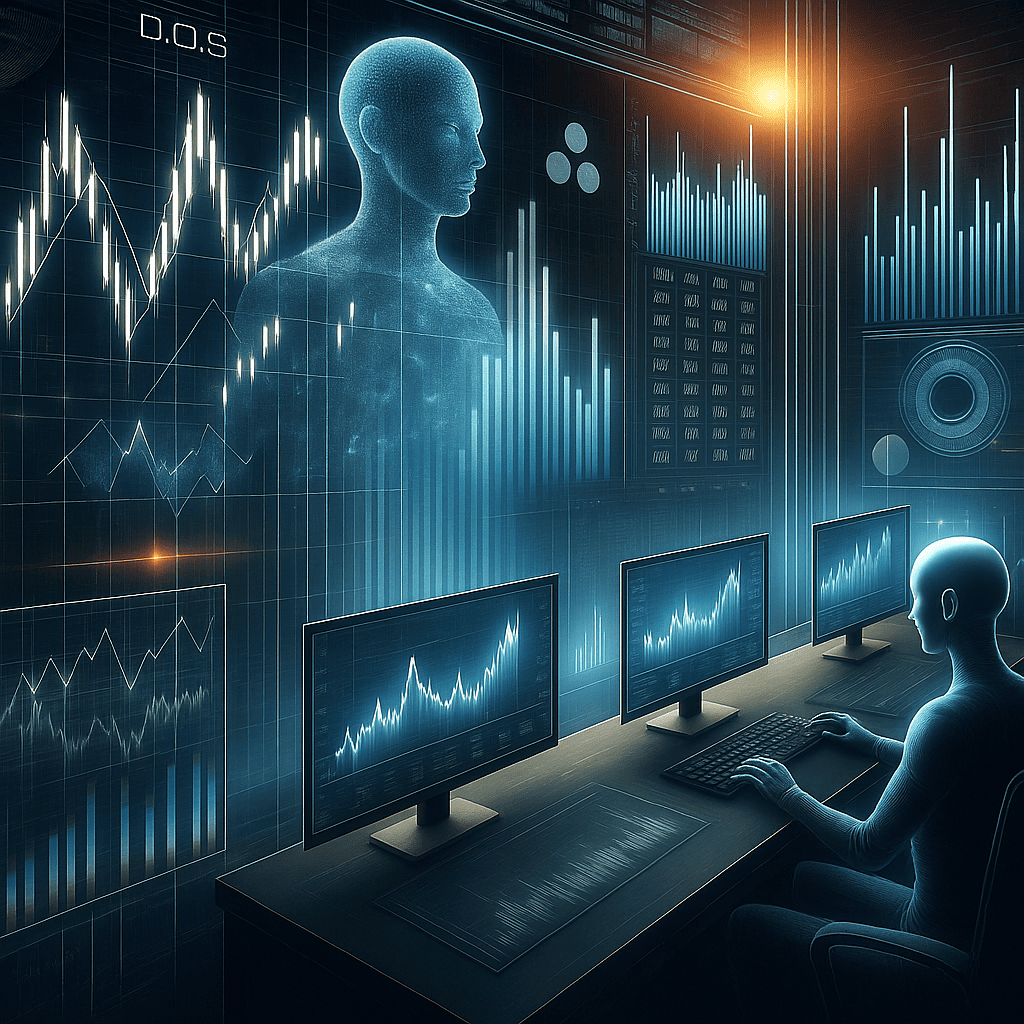The Rise of Automated Trading: Revolutionizing Financial Markets
Automation is reshaping financial markets, transforming how trading is conducted—from basic algorithmic execution to advanced machine learning-driven strategies. Today, automated trading systems are indispensable for both institutional players and retail traders. This article explores the impact of automated trading, its core technologies, popular strategies, advantages, risks, and the ethical dilemmas it presents.
Introduction to Automated Trading
Automated trading involves computer programs executing trades based on predefined algorithms without human input. These systems analyze real-time market data, making split-second decisions with unmatched precision. The origins of automated trading trace back to the 1970s with rudimentary rule-based models, which have since evolved into AI-powered platforms capable of learning and adapting.
Key Technologies Driving Automated Trading
Technological advancements are the backbone of automated trading’s rapid expansion. Machine learning (ML) and artificial intelligence (AI) enable systems to refine strategies by detecting patterns in vast datasets. High-frequency trading (HFT) takes automation further, executing thousands of trades per second to capitalize on fleeting price inefficiencies.
Cloud computing, big data analytics, and ultra-low-latency networks have further accelerated adoption, allowing traders to deploy algorithms across global markets 24/7.
How Automated Trading Systems Operate
Automated trading systems rely on algorithms—sets of coded instructions that dictate trade execution. These can range from simple conditional triggers (e.g., buying when a stock hits a target price) to self-improving AI models that forecast price movements.
Types of Automated Trading Systems
-
Rule-Based Systems – Follow fixed criteria (e.g., moving average crossovers).
-
AI-Driven Systems – Continuously learn from market behavior to optimize performance.
-
Hybrid Systems – Combine rule-based logic with adaptive machine learning.
Popular Automated Trading Strategies
Different strategies cater to varying market conditions:
-
Arbitrage – Exploits price discrepancies across markets.
-
Trend Following – Capitalizes on momentum by buying rising assets and selling falling ones.
-
Mean Reversion – Bets on price corrections toward historical averages.
-
Market Making – Profits from bid-ask spreads by placing simultaneous buy/sell orders.
Each strategy requires precise algorithm tuning and robust risk management.
Advantages of Automated Trading
Automation offers significant benefits over manual trading:
✅ Lightning-Fast Execution – Algorithms act in milliseconds, seizing fleeting opportunities.
✅ Emotion-Free Trading – Eliminates human biases like fear and greed.
✅ Non-Stop Operation – Trades can run 24/7 without fatigue.
✅ Backtesting Capabilities – Strategies can be refined using historical data before live deployment.
Risks and Challenges
Despite its advantages, automated trading carries risks:
⚠️ Market Volatility – Algorithms can amplify sell-offs during crashes (e.g., the 2010 Flash Crash).
⚠️ Technical Failures – Coding errors or system outages may trigger massive losses.
⚠️ Regulatory Scrutiny – Authorities struggle to keep pace with evolving AI-driven strategies.
Automated Trading’s Market Impact
Automation has boosted liquidity and efficiency, but it has also reduced reliance on human traders, reshaping finance careers.
Automation Across Asset Classes
-
Stocks – Hedge funds and retail traders use algorithms extensively.
-
Forex – AI reacts instantly to geopolitical and economic shifts.
-
Commodities – Trend-following bots trade oil, gold, and more.
-
Crypto – Highly volatile, 24/7 crypto markets are ideal for automation.
Regulatory and Ethical Concerns
Regulators like the SEC and CFTC enforce rules to prevent market abuse, but AI complexity poses challenges. Key ethical issues include:
🔍 Transparency – Ensuring algorithms don’t manipulate markets.
⚖️ Fair Access – Preventing institutional dominance over retail traders.
Institutional vs. Retail Automated Trading
-
Institutions – Hedge funds (e.g., Renaissance Technologies) use quant models for alpha generation.
-
Retail Traders – Platforms like MetaTrader and social trading apps democratize automation.
The Future of Automated Trading
AI and quantum computing promise even faster, smarter trading systems. Over the next decade, automation will likely dominate markets, minimizing human intervention.
Ethical and Responsible Automation
Balancing innovation with fairness remains critical. Developers must prioritize ethical algorithms that enhance—not exploit—market integrity.
Case Studies
📉 2010 Flash Crash – Algorithms triggered a $1 trillion market plunge in minutes.
📈 Renaissance’s Medallion Fund – AI-driven strategies yielded unprecedented returns.
FAQs
Q: What is automated trading?
A: Using algorithms to execute trades without manual input.
Q: Is automated trading risk-free?
A: No—system failures and volatility risks remain.
Q: Can retail traders use automation?
A: Yes, via platforms like MetaTrader and TradingView.
Q: How do regulators oversee automated trading?
A: Through real-time surveillance and strict compliance rules.
Conclusion
Automated trading is revolutionizing finance, delivering speed, efficiency, and innovation. As AI and quantum computing evolve, the industry must balance progress with ethical responsibility to ensure fair and stable markets.

